To achieve the European aviation sector’s ambition of achieving net zero emissions by 2050, additional expenditures amounting to €820 billion ($900bn) are required between 2018 and 2050, finds a study commissioned by five industry associations. These additional or ‘premium’ costs, mostly to be spent on alternative fuels, are on top of business-as-usual (BAU) expenditures, such as fleet renewal, which are required for the net zero transition. BAU expenditures over the 2018-2050 period are estimated at €1,068 billion, bringing the total expenditures towards reaching net zero at just under €1.9 trillion. The report just published, ‘The price of net zero’, determines financing in-sector sustainability measures yields substantially lower costs than realising the same emission savings through out-of-sector carbon reductions. The study follows up the industry’s Destination 2050 roadmap published in 2021.
The five Destination 2050 partners – A4E (airlines), ACI Europe (airports), ASD Europe (aerospace manufacturers) CANSO (air navigation service providers) and ERA (regional airlines) – commissioned consultancies SEO Amsterdam Economics and the Royal Netherlands Aerospace Centre to calculate the expenditures necessary to achieve the targets set out in the roadmap and accelerate European aviation’s decarbonisation.
“Although challenging to do an accurate assessment of the price of reaching net zero for the European aviation sector, we have commissioned this scientific study to establish a better understanding,” said the partners. “We are firmly committed to a climate neutral European aviation in line with the EU climate goals and the Paris Agreement targets. Therefore, decarbonisation is at the heart of our business.”
Of the €1.9 trillion, fleet renewal is found by the study to be the largest expenditure (43%) of which the BAU scenario represents over 90% and premium expenditure (the additional expenditures to be made above BAU) of around 10% (€740 billion and €80 billion respectively). However, the significant investment would result in a €188 billion saving in fuel costs and a further €78 billion saving in carbon pricing.
Expenditure on alternative fuels, which includes drop-in sustainable aviation fuels, hydrogen and renewable electricity, is the second largest expenditure (40%), with premium expenditures representing nearly 59% and BAU just over 41% of the costs (€441 billion and €310 billion respectively).
Other premium expenditures are required for air traffic management (€20 billion), ground operations (€9 billion), R&D in future aircraft (€100 billion), airport infrastructure adaptation (€18 billion) and carbon pricing and economic measures (€152 billion).
The use of economic measures, including negative emission technologies, accounting for about 19% of the premium expenditure, is required to compensate for all emissions remaining after the application of the in-sector activities. Both the EU Emissions Trading System (EU ETS) and ICAO’s CORSIA scheme are essential to reach net zero, say the partners.
However, they add: “Economic measures must be effective and focused on driving the required decarbonisation processes forward through positive incentives attracting in- and out-of-sector capital. On the contrary, taxation and operational restrictions will hamper the industry’s ability to invest and innovate due to a diminished financial capacity and in turn jeopardising the global competitiveness of European aviation.”
They “strongly recommend” revenues from the EU ETS be reused within the sector to support and incentivise breakthrough technologies, infrastructure and SAF production.
The report says financing in-sector sustainability measures yields substantially lower costs than realising the same emission savings through out-of-sector carbon reductions. It compares European airline revenues of an estimated €145 billion in 2018 with combined average annual expenditures towards net zero of €59 billion.
“The aviation sector’s expenditures towards achieving net zero are substantial and are dependent on access to finance from the private and public sector. This is vital when capital reserves are insufficient to make large upfront payments for new aircraft and infrastructure,” said the partners.
“Only with the right set of incentives and policies can the required capital be made available for the sector’s decarbonisation. This means timely and effective measures bringing long-term clarity and predictability for investors. Regulatory frameworks must encourage low carbon technology deployment.”
Photo (Fraport AG): Frankfurt Airport


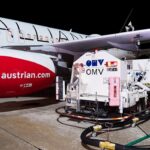
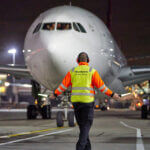
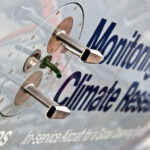


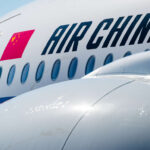
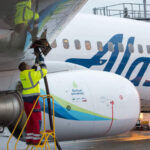
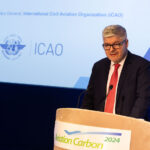
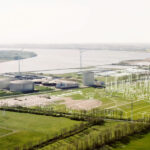
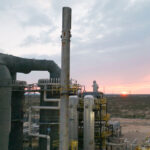
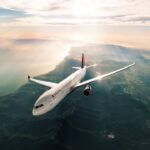
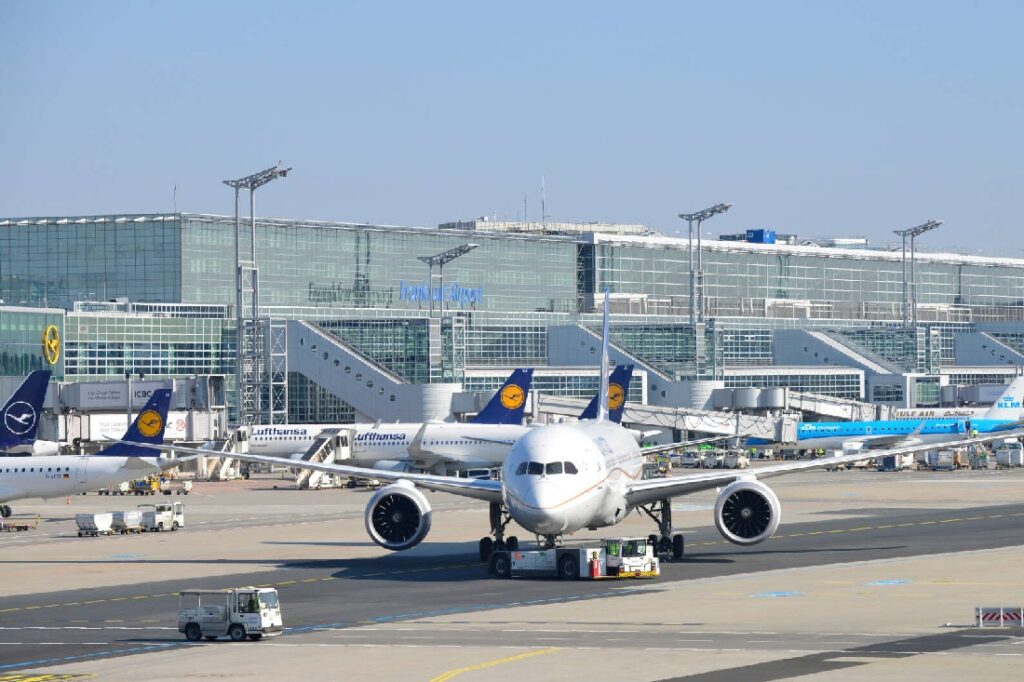


More News & Features
EASA releases status report on Europe’s SAF production and readiness to meet blending targets
European and US research programmes expand to better understand aviation non-CO2 climate effects
New study highlights differing strategies and barriers to decarbonising aviation in UK and Europe
SITA teams with Arab airlines on developing technology to enhance flight sustainability
Airbus enters partnerships with airlines Wizz and EVA to help prepare for SAF introduction
European aviation players launch Project SkyPower to drive investment in e-SAF and meet EU and UK mandates